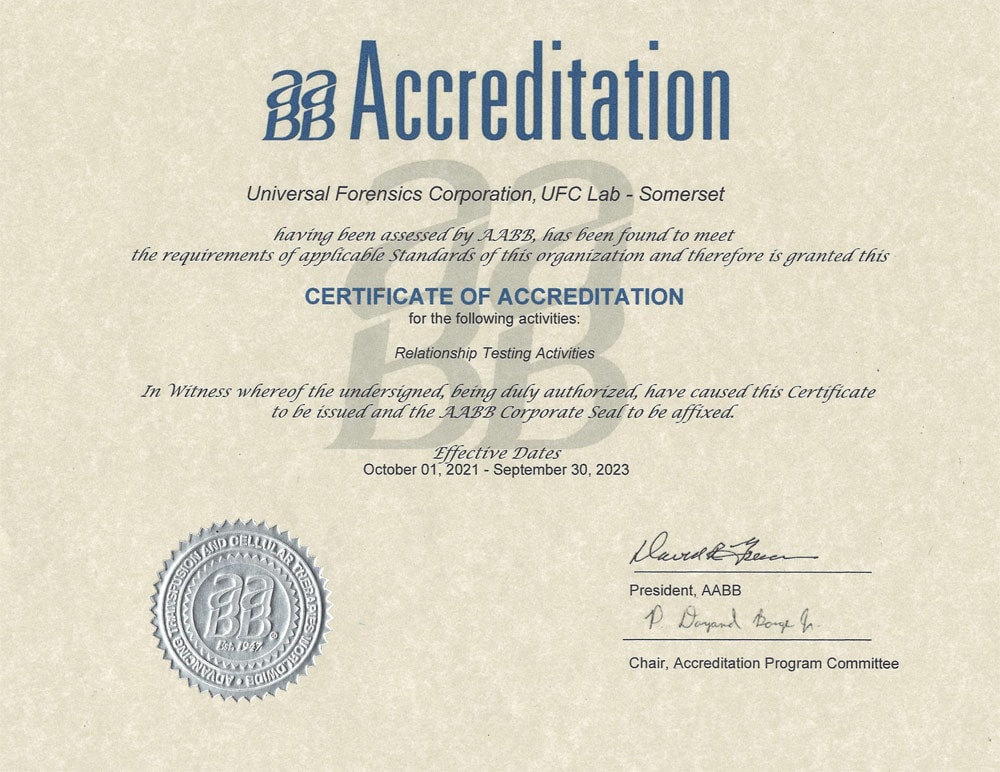How Far Back Does a Hair Follicle Test Go?
Nearly 46 million Americans struggle with a substance use disorder – two-thirds of which are employed. If you’re an employer, this statistic might be alarming to you. Depending on your industry, the idea of workers under the influence could result in costly accidents, personal injury, or even death.
That’s why it’s important to test for drug use using a hair follicle test.
But what exactly is a hair follicle test? And how far back does a hair follicle test go? In this guide, we’ll answer these questions so you can decide whether hair follicle drug testing is right for your business.
What is a Hair Follicle Test?
A hair follicle drug test is a drug screening method that analyzes hair samples to detect the presence of specific substances. It’s an important part of screening for jobs.
Unlike urine or saliva tests, hair tests can provide a longer window of detection, making them particularly appealing to employers.
Typically, these tests can identify a range of substances, including THC, cocaine, opiates, and more. The process involves cutting a small sample of hair, usually from the scalp, and sending it to a laboratory for analysis.
It’s true that these types of drug tests aren’t as popular in certain industries anymore. However, for some, they’re still essential. For example, of the general workers who experienced on-site accidents, it’s estimated that 7.3% tested positive for cannabis.
As cannabis legalization continues, these types of hair follicle tests are essential for certain positions, such as those dealing with transportation or heavy equipment operations, as employees in these positions can affect the safety of those around them.
How Far Back Does a Hair Follicle Test Go?
One of the most notable features of hair follicle testing is its extended detection window. Generally, a hair follicle test has a drug detection timeline of up to 90 days.
This is because drugs are metabolized and eventually deposited into the hair follicles as they grow. On average, hair grows about half an inch per month, allowing for the retrospective analysis of drug use over a longer period.
However, the specific detection window can vary based on several factors, including the type of drug used and individual hair growth rates. For instance, while THC might be detectable for the full 90 days, other substances may have shorter windows depending on usage patterns.
Comparison with Other Types of Drug Tests
To better understand the implications of hair follicle testing, it’s essential to compare it with other common drug testing methods.
While urine tests are by far the most common drug tests in workplace settings, you might encounter others as well. Each of these legal drug testing methods comes with pros and cons.
Urine Tests
Urine tests are perhaps the most prevalent form of drug testing. They are favored by employers and are relatively easy to administer.
Typically, cannabis metabolites can be detected for three to 30 days after use. For heavy users, the detection period may extend up to two months, but the window is significantly shorter than that of hair tests.
Blood Tests
Blood tests are less common due to their invasive nature. They are typically used in medical settings or law enforcement scenarios. Cannabis and other substances are generally detectable in blood for a short period, usually up to a week.
Like urine tests, the detection window can be influenced by frequency of use, but overall, blood tests do not provide the long-term detection capabilities of hair tests.
Saliva Tests
Saliva tests are becoming increasingly popular, particularly in workplace environments, due to their convenience. These tests typically detect THC for about one to three days.
However, mouth swab tests can also pick up on things like cocaine, methamphetamines, opioids, and alcohol.
If you haven’t used cannabis immediately before your test, there’s a good chance you’ll pass. However, they offer a much shorter detection window compared to hair follicle tests.
Nail Tests
Nail tests are another method for drug detection, capable of identifying substances for up to six months. While they offer a long detection window similar to hair tests, they are less commonly used. Nail tests can provide a different insight into long-term drug use, but practical application in employment scenarios is limited.
Factors Influencing Detection
It’s important to remember that no one hair follicle test will affect people in the same way. That’s because a variety of factors can influence detection. Some of these include:
- Individual Differences: Metabolism, hair color, and thickness can affect how quickly substances are absorbed and detected.
- Environmental Factors: Exposure to drugs through the environment (e.g., secondhand smoke) and treatments like dyes or chemical relaxers can impact results.
- Hair Length: The longer the hair, the more historical data it contains, potentially affecting the interpretation of drug use over time.
- Cut-off Levels: Each testing method has specific thresholds that determine whether a result is considered positive or negative, which can vary by laboratory.
Keep this information in mind when testing. It can be a helpful context if a test comes back positive from someone who is larger or has a lot of hair.
Limitations of Hair Follicle Testing
Hair follicle testing cannot effectively detect recent drug use. Since it takes approximately a week for substances to appear in hair, drugs used just before a test might not be detected.
Additionally, hair drug test accuracy isn’t always perfect. It can yield false positives or negatives, influenced by external contamination or individual hair characteristics.
There are also legal and ethical considerations. Some argue that the extended detection window may not accurately reflect a person’s current state or ability to perform tasks, especially if they are not regular users.
Some people also have no say in drug test consent. This has led to discussions about the fairness and accuracy of such testing methods.
Need Hair Follicle Drug Testing? Contact ReliaLab
We hope this guide helped you answer the question, How far back does a hair follicle test go? Here at ReliaLab, we know that different types of workplaces will require different testing methods.
That’s why, in addition to hair follicle drug testing, we offer a wide variety of other tests across a vast network of locations. So, if you’re ready to make your workplace safer, make sure to get in touch with us today.








